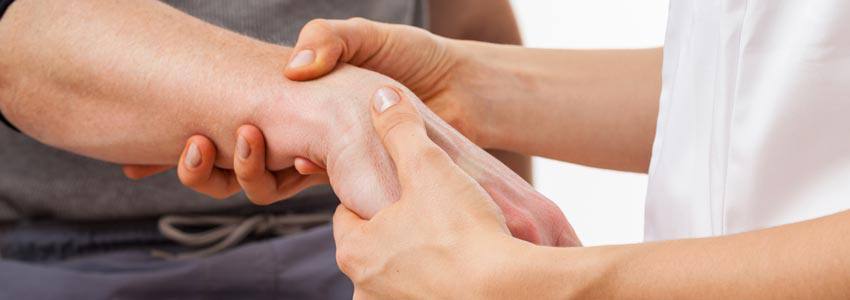Why travellers prefer Blue Cross
- Canada's #1 travel insurance brand and recognized worldwide
- Over 75 years of expertise in insurance
- $5 million travel insurance coverage, with or without deductible
- Flexible and affordable travel insurance solutions
- Free quote available online
- Travel assistance available 24/7 for any emergency, anywhere you travel

Surprising health care costs that come out of your pocket
Published on: July 1, 2016
Most people who live outside Canada assume that all medical costs for Canadians are paid for by government health care plans. While Canadians do have medical insurance through their provincial governments, as residents, we know that there are health care costs that we must pay for out of pocket. Doctor's visits, emergency hospital care and other basic health care services are covered, but there are some surprising medical costs that are not.
What is not covered
Through OHIP, we have access to a range of health care services, and many of these services are either fully or partially covered.
There are a number of services that are not covered by OHIP:
- Most eye exams
- Dentistry
- Prescription drugs
- Procedures that are considered cosmetic in nature
However, there is a grey area of medical treatments that many people are not sure about in terms of how far their government coverage goes. "OHIP provides funding for medically necessary physician services, certain dental services that are required to be performed in a hospital, and certain practitioner services that are therapeutically necessary,” says David Jensen, spokesperson for the Ministry of Health and Long-Term Care, in the Canadian Newcomer Magazine.
For many people, whether a specific procedure or medication is covered influences their decision to go ahead with the treatment. Many Canadians simply cannot afford to pay for high-cost medical treatments or prescription drugs out of pocket. It’s important to be aware of the health care costs that you may be required to pay.
Health care costs that come out of your pocket
Here are some of the medical costs that Ontario residents have to pay for, and some may be surprising:
- Hospital parking: Parking costs can add up quickly, especially for patients who visit the hospital frequently or for family members who are visiting people undergoing treatment.
- Ambulance fees: Ambulance fees in Ontario are $45, and some people may reconsider calling an ambulance because of this fee. According to CBC News, “a Marketplace survey found that 42 per cent of Canadians say they might delay calling an ambulance because of the cost.”
- Medical accessories: If you have ever broken a bone in your body, you were probably surprised to learn that your cast was not free. Casts, splints, crutches, braces, wheelchairs and other equipment are not covered.
- Health care paperwork: Asking your doctor for a sick note or other paperwork, such as transferring your medical files or filling out disability forms, are services that you have to pay for out of pocket.
Private health insurance
To help offset medical costs not covered by OHIP, your first step is to see whether you qualify for other government health care programs or if you have coverage through your work benefits. Another option is to buy private health insurance to help cover the costs.
Rather than paying out of pocket when medical costs arise, having health insurance provides you with peace of mind in knowing you have coverage. Taking this proactive approach to health care ensures you have access to health care at all times.